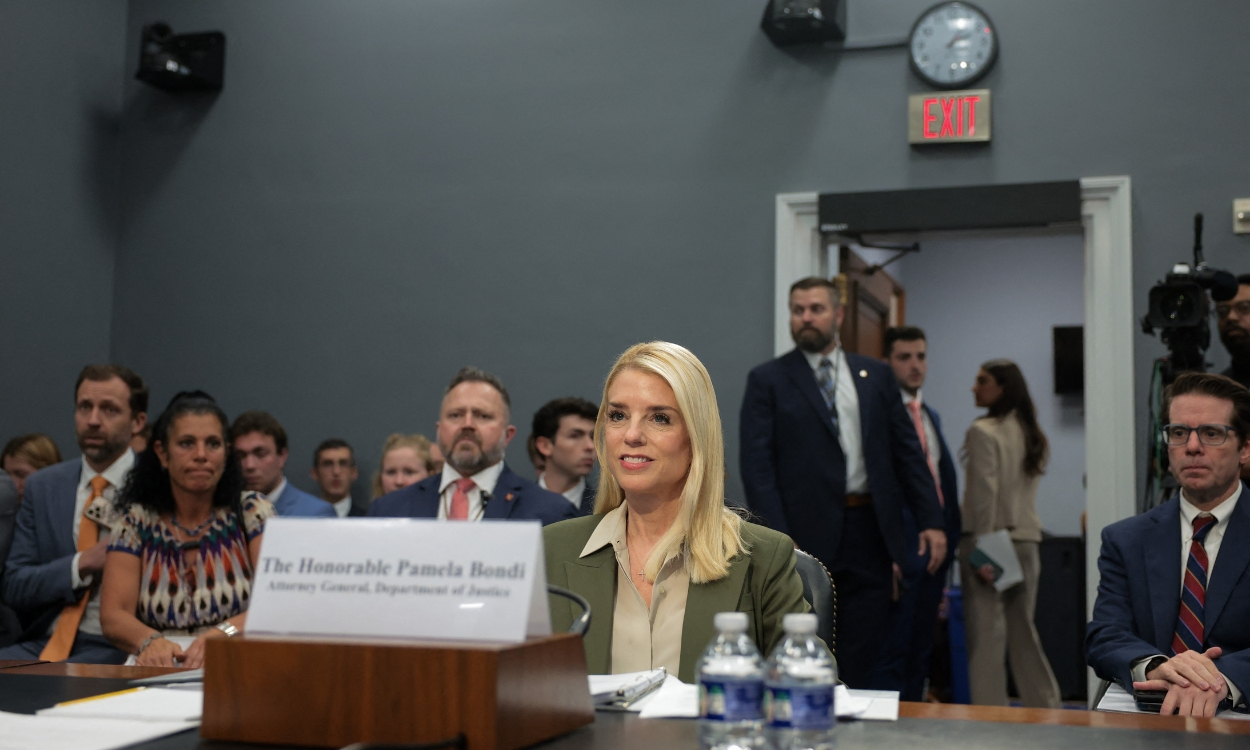Bad news for Social Security benefits: Important changes could reduce payments for this group in June 2025
The resumption of federal student loan collections will impact millions of Social Security beneficiaries, particularly seniors and disabled individuals, potentially reducing their benefits by up to 15%.

Starting in June 2025, an important group of Social Security beneficiaries may experience impacts to their monthly payments. This change comes as the government is resuming collections on student loans that were suspended during the COVID-19 pandemic.
Most Social Security beneficiaries who are behind on their federal student loans will have their monthly benefits reduced by up to 15%. The primary group impacted by this policy affects seniors and individuals with disabilities who depend primarily on Social Security income. Here is what you need to know.
Social Security beneficiaries could experience reductions in payments in June 2025
As of June 2025, many Social Security beneficiaries will experience cuts to their monthly payments as a result of having unpaid federal student loans.
According to the Trump administration, recipients of Social Security who are in default on their federal student loans will see their benefits cut through the following program, up to 15% under the Treasury Offset Program (TOP), which collects on defaulted student loans.
After a hiatus for collection during the COVID-19 pandemic since March 2020, this policy is being implemented again. This will mainly affect seniors and disabled persons primarily dependent on social security income. About 195,000 borrowers have already been affected, according to the Department of Education, and at least 5.3 million delinquent borrowers may expect similar notices over the summer.
Under the law, the government can take 15% of your monthly benefits, but it requires a protected payment to you of $750 per month. For many elderly recipients, this reduction goes from something like being able to pay their monthly bills versus falling deeper into poverty.
Phased return of collection actions
The resumption of garnishments follows the Biden administration's pause that officially ended in October 2023. Since then, the Department of Education has slowly been reinstating collections efforts, with large-scale benefits garnishments in June.
This move has drawn heavy criticism from consumer advocacy groups like the National Consumer Law Center, and has been argued unfairly penalizes vulnerable populations, already on the financial ropes.
However, there are programs available to stop the garnishments from happening, or halt these reductions. Borrowers can participate in loan rehabilitation, or get into income-driven repayment plans, or other programs like Fresh Start to temporarily exit default and not face a garnishment.
Borrowers who are in dire financial situation can apply for hardship waivers or student loan forgiveness if they are eligibly. Notices from the Department of Education will provide information on how to access these options and avoid the garnishments before they begin.
Experts advise this policy could have serious social and political implications given that 2.9 million people over age 32 still owe the federal government money, and 452,000 are in default. Many took out loans to support their children's or grandchildren's education, only to face penalties as they enter retirement.
With inflation causing living expenses to increase, these reductions could further strain an already vulnerable demographic. Officials recommend that affected individuals apply and assistance as soon as they can before the cuts start at the end of June.












